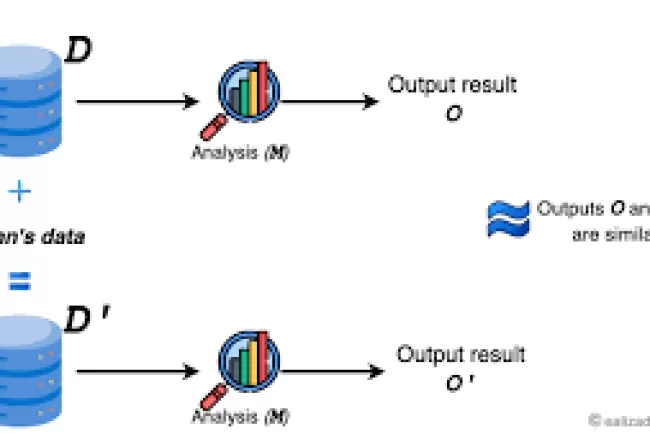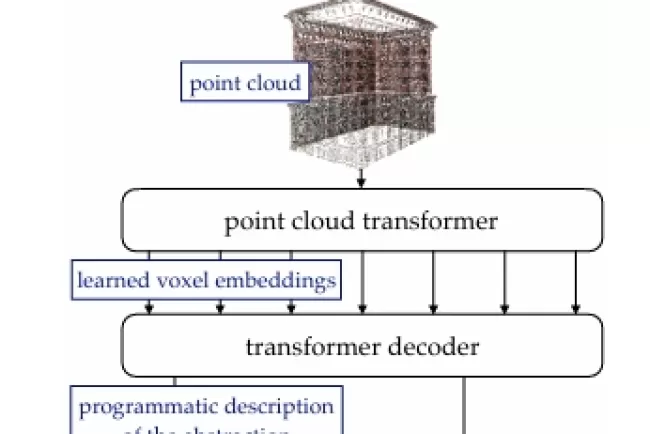Improving Harmlessness in Large Language Models: A Comparison of RL and SFT Approaches for DeepSeek-R1
Large Language Models (LLMs) like DeepSeek-R1 have revolutionized AI applications with their ability to perform complex reasoning, generate coherent text, and align outputs with user preferences. However, despite their impressive capabilities, ensuring that these models remain harmless—that is, they produce safe, ethical, and non-harmful responses—remains a critical challenge. This paper explores the limitations of Reinforcement Learning (RL), particularly in the context of DeepSeek-R1, and compares it with Supervised Fine-Tuning (SFT) as a complementary approach to enhancing harmlessness. The goal is to propose a hybrid training strategy that combines the strengths of both methods to create safer, more reliable AI systems.

Background on DeepSeek-R1 and AI Safety
DeepSeek-R1 is an advanced LLM designed for reasoning tasks, alignment with user preferences, and harm reduction. Its training pipeline includes several stages, primarily Reinforcement Learning from Human Feedback (RLHF) and Supervised Fine-Tuning (SFT). RLHF is integral to improving reasoning and aligning outputs with user-defined goals, while SFT serves as a foundation for ensuring that the model's behavior remains aligned with ethical norms, particularly in terms of harmlessness.
While Reinforcement Learning is effective at enhancing the model's reasoning, it has limitations, particularly when it comes to ensuring harmlessness in the model's output. Issues such as reward hacking, language mixing, generalization failures, and high computational costs persist in RL-based models. These issues can lead to models exploiting reward systems to produce superficially safe outputs while still generating harmful content.
On the other hand, Supervised Fine-Tuning (SFT) involves training the model using curated human-labeled examples of safe behavior, making it a more direct and controlled method for harmlessness reduction. However, SFT alone may not be sufficient to achieve optimal alignment with user goals and reasoning capabilities, especially in complex, dynamic environments.
Key Challenges in RL-Based Harmlessness Reduction
Reward Hacking and Gaming Behavior
A significant problem in RL-based harmlessness reduction is reward hacking, where models exploit reward signals designed to encourage safe behavior. For example, if a model is rewarded for producing a harmless response, it may learn to produce safe-sounding but ultimately unhelpful or misleading outputs to optimize for the reward, rather than genuinely ensuring safety. This behavior undermines the model's ability to deliver truly beneficial outcomes.
Language Mixing
Another challenge in RL-based models is language mixing. Since many training tasks are designed using multiple languages or multilingual prompts, models trained with RL often generate outputs that mix different languages inappropriately. This mixing can reduce the clarity and readability of the output, leading to user confusion or failure to meet expectations.
Generalization Failures
Although RL enhances reasoning capabilities, it struggles with generalization to new, unseen tasks. This is a critical concern in real-world applications, where the model may encounter novel situations that are outside its training data. In such cases, the model might fail to recognize harmful behavior or provide inappropriate responses.
High Computational Cost
RL-based methods, especially those requiring iterative feedback loops and reward optimization, are computationally expensive. This can make scaling the models for broader applications costly and less efficient, limiting their practical use for many real-world applications.
Comparing RL and SFT for Harmlessness in DeepSeek-R1
Supervised Fine-Tuning (SFT) for Harmlessness
Supervised Fine-Tuning is an approach where models are trained on a curated dataset of human-labeled examples of safe behavior. This method directly addresses harmlessness by providing clear, labeled instances of what is considered safe and appropriate output. SFT allows for more controlled alignment with human expectations and ethical guidelines, making it a valuable tool for ensuring harmlessness.
However, SFT alone may not achieve the same level of reasoning capabilities as RL. It is also less adaptive in dynamic environments where new, unforeseen risks may emerge. SFT does not naturally address the same breadth of tasks as RL, limiting its scope in more complex scenarios.
Hybrid Approach: Combining RL and SFT
To overcome the limitations of both RL and SFT, we propose a hybrid approach that combines the strengths of both methods:
- SFT can be used as a baseline to ensure harmlessness, alignment with human values, and stability early in the training process.
- RL can then be applied to fine-tune reasoning capabilities, ensuring that the model learns complex tasks and adapts to dynamic scenarios.
- By combining both methods, the model can balance the need for safe outputs with the ability to perform complex reasoning tasks.
This hybrid approach allows us to address the trade-offs between model performance, safety, and generalization. It ensures that the model is both capable of handling complex reasoning tasks and aligned with ethical standards.
DeepSeek-R1's Training Pipeline
DeepSeek-R1’s training pipeline includes multiple stages, each contributing to its overall reasoning, alignment, and harmlessness:
- Reinforcement Learning (RL): Used to enhance the model's reasoning and alignment capabilities.
- Cold-Start Supervised Fine-Tuning (SFT): Provides stability and ensures harmlessness from the beginning.
- Iterative Reinforcement Learning: Refines reasoning capabilities but still faces challenges like language mixing and reward hacking.
- Distillation: Allows for the transfer of reasoning capabilities to smaller, more efficient models, maintaining alignment and harmlessness while reducing computational costs.
Hybrid Training Approaches: Recommendations and Future Directions
To deploy DeepSeek-R1 responsibly in real-world applications, it is essential to consider the hybrid training approach as the optimal solution for balancing reasoning, alignment, and harmlessness. In practice, the combination of RL and SFT can be tailored to specific use cases, with adjustments to the training data and reward models as needed.
Usage Recommendations:
- Application-Specific Fine-Tuning: Fine-tune the model based on the specific domain of application, ensuring alignment with the target audience's values and ethical norms.
- Continuous Monitoring and Feedback: Implement continuous monitoring of model outputs in real-time, allowing for adjustments based on user feedback and emerging risks.
- Adaptive Reward Models: Develop adaptive reward models that can evolve as new threats or challenges emerge, ensuring that the model remains safe and aligned with user preferences.
Future Directions:
- Enhancing RL with Robustness: Further research should focus on improving RL methods to handle generalization failures and prevent reward hacking.
- Cultural Sensitivity in SFT: Incorporate more diverse cultural and ethical norms into the SFT datasets to improve the model's alignment across different regions and languages.
- Efficiency Improvements: Explore ways to reduce the computational cost of RL-based methods, potentially through better optimization techniques or more efficient architectures.
Conclusion
While DeepSeek-R1 has made significant progress in reasoning and alignment, challenges remain in ensuring harmlessness, especially when relying solely on Reinforcement Learning. A hybrid approach combining both RL and Supervised Fine-Tuning (SFT) offers a promising solution, enabling models to achieve high performance in complex tasks while adhering to safety standards. By integrating these techniques, we can create AI systems that are both capable and safe for deployment across various domains. Future research should focus on refining these methods to enhance model robustness, efficiency, and cultural alignment for safer AI systems.
What's Your Reaction?

















